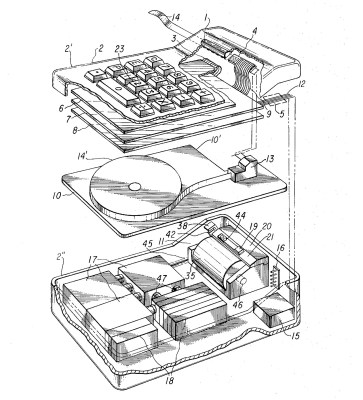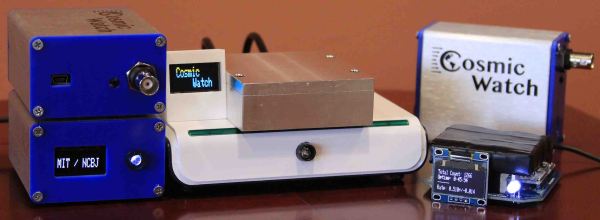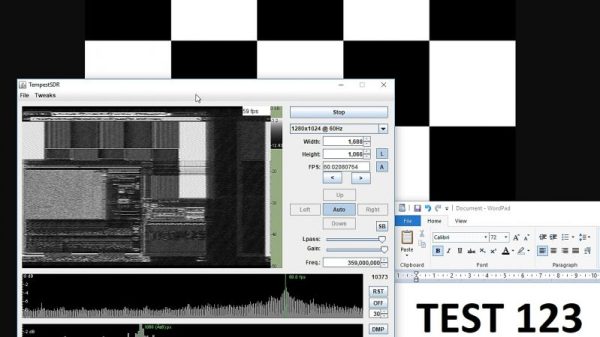Our first impression of this IoT toilet paper roll was that somebody was pulling our leg. Watching the infomercial-esque video below is alternately hilarious and horrifying, but it leaves you with the unmistakable feeling that this is all a joke, and a pretty good one at that. Right up until you get to the big Kimberly-Clark logo at the end, that is, and you realize that the international paper concern must be looking at this seriously.
When you read [zvizvi]’s Instructables post, you find out that this project is indeed a legitimate attempt to meld an Amazon Dash button with your toilet paper dispenser. For his proof-of-concept build, [zvizvi] started with a gag “talking TP” roll off eBay, designed to play back a voice clip when the paper is used. It had all the right guts, and being just the size for a Wemos Mini and an accelerometer for motion detection was a bonus. The smart spindle can tally the amount of paper used, so you’ll never be caught without a square to spare. And of course, critical TP usage parameters are uploaded to a cloud server, so that more toilet paper can be rushed to your door when you’re getting low.
The whole idea, including justification based on monitoring TP use as a proxy for bowel health, seems ridiculous, but we suspect there may be some brilliance here. Joke if you will, but in the end it’s probably better than an Internet of Farts.






















